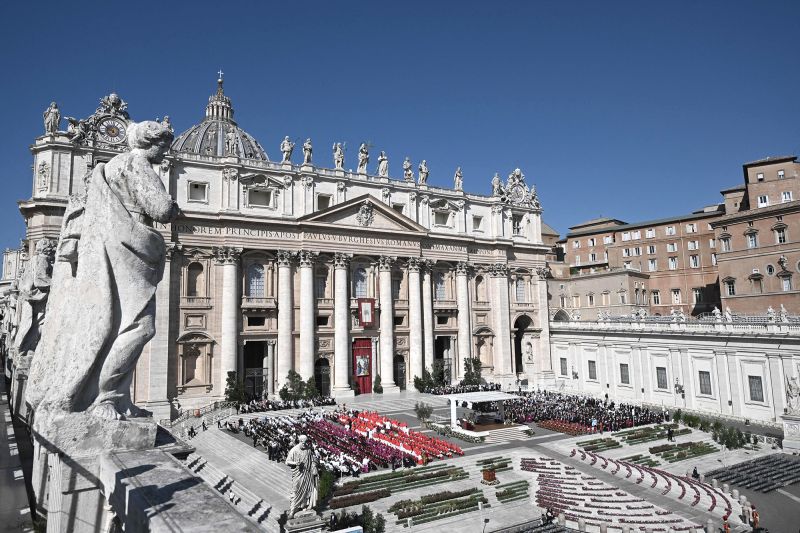The Vatican, known as one of the most influential religious centers in the world, has recently released new guidelines on an earnest subject – the handling of alleged supernatural phenomena. These guidelines represent the church’s profound effort to address the mystery and intrigue of the extraordinary and to provide coherent protocols for those who may encounter such phenomena.
At the heart of these new guidelines lies the need for serious and meticulous investigations into claims of supernatural occurrences. These can range from apparitions and visions of religious figures or inexplicable miracles, to stigmata. The Vatican has been known to spearhead investigative processes into such cases, often involving scientific and theological experts to lend credibility and rigor to their investigations.
These guidelines espouse a multi-faceted approach. Firstly, they emphasize the necessity for pastoral attention. Providing pastoral care to those who claim to have experienced supernatural phenomena is prioritized to ensure their spiritual and mental wellbeing. This care extends to witnesses of the reported events, taking into account the potential for both psychosocial impacts and faith transformations.
Secondly, on a procedural level, the guidelines advise that alleged supernatural phenomena should initially be met with prudent caution. They urge that claims should not be dismissed out of hand, nor accepted without thorough investigation. Those recording and analysing the initial reports are advocated to observe discretion, respect, and confidentiality to maintain the dignity of the persons involved.
Thirdly, the guidelines affirm that rigorous evaluation of the reported phenomena is paramount. Such an investigation should ideally channel both scientific and theological lenses. The scientific aspect examines the validity of events based on tangible evidence, while the theological perspective scrutinizes the claim’s alignment with Catholic doctrine. This dual-pronged methodology ensures a holistic examination of the vertices of both human experience and Church teaching.
Finally, the guidelines make a clear distinction between private and public revelations. Private revelations refer to phenomena experienced and reported by individuals or a small group, whereas public revelations form part of the universal faith of the Church, such as the Resurrection of Christ. While the church does extensively evaluate private revelations, such phenomena, even when approved, do not become dogma or mandatory belief but may be accepted as credible on a personal level.
These new guidelines demonstrate the Vatican’s commitment to approaching alleged supernatural phenomena with a delicate balance of faith and skepticism. They suggest a church that is simultaneously open to the inexplicable and protective of its doctrine. These principles of acceptance, investigation, and evaluation serve as a beacon guiding both Church officials and the faithful towards a path that embraces mystery yet remains anchored in religious teachings. Ultimately, the Vatican’s approach to alleged supernatural phenomena paints a picture of a church that respects the human thirst for the divine, whilst recognizing the need for theological boundaries.




